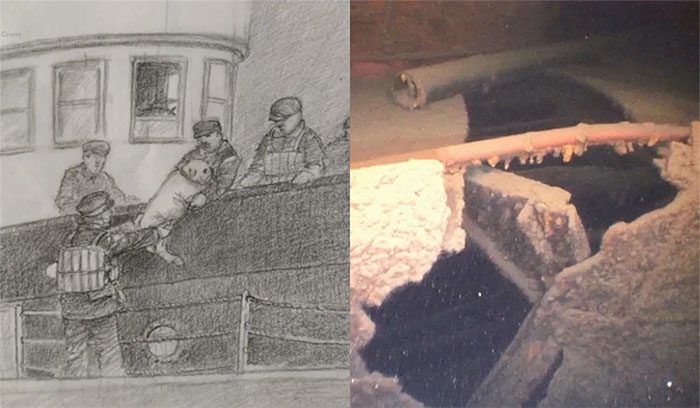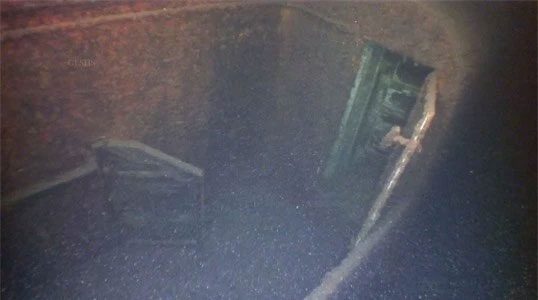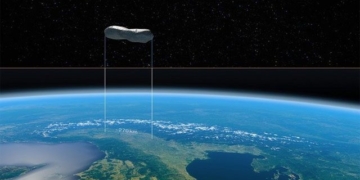Researchers Unexpectedly Discover Shipwreck from 100 Years Ago.
The Smithsonian magazine recently reported on the discovery of a steel cargo ship that sank a century ago. Researchers have pinpointed the wreck’s location in a hole 800 feet deep at the bottom of the lake. The Great Lakes Shipwreck Historical Society announced this information last week to commemorate the 100th anniversary of the ship’s sinking.

Scientists discovered the wreck of the Huronton in Lake Superior this summer.
On October 11, 1923, the Huronton sank after colliding with a larger vessel while traversing Lake Superior. The Huronton was a 238-foot-long ship traveling northwest across Lake Superior amidst thick smoke and fog from nearby forest fires. Meanwhile, the 416-foot-long Cetus was laden with ore as it moved southeast across the water. The Huronton sank just 18 minutes later, according to a report by Christa Lawler from the Star Tribune, approximately 23 miles northwest of Whitefish Point.
The historical society’s researchers found the wreckage of the Huronton in Lake Superior this summer. Aboard the R/V David Boyd, scientists systematically employed side-scan sonar to search for the shipwreck as the lake’s depth decreased from 300 feet to 800 feet, detecting a “linear” formation in the 800-foot deep hole on the sonar images, indicating the presence of a wreck.

Using sonar to scan, the image shows the presence of a shipwreck.
The research team continued to survey the lakebed, marking this location as a “viable target.” Darryl Ertel, the maritime operations director, confirmed that this was indeed a shipwreck. The team dispatched a remotely operated vehicle equipped with cameras and lights to capture images and video of the Huronton. According to the Star Tribune, the ship is located just three miles from the wreck of the Edmund Fitzgerald, a vessel immortalized by singer-songwriter Gordon Lightfoot in a hit song in 1976.
Bruce Lynn, the director of the historical society, shared: “Finding any shipwreck is exciting, but to be the first to see this ship 100 years after it sank is something not many people get to experience.”

Thousands of vessels, including many iron and coal ships, have sunk in the Great Lakes in the late 19th and early 20th centuries.
The staff at the historical society spends each summer searching Lake Superior for shipwrecks. Their recent discoveries include the 131-year-old sailing barge Atlanta as well as two vessels that sank in November 1914.
Thousands of vessels, including many iron and coal carriers, have sunk in the Great Lakes in the late 19th and early 20th centuries due to severe weather and poor communication. Researchers indicate that many shipwrecks are being damaged by invasive zebra mussels and quagga mussels. According to the historical society’s website, the research team hopes to identify and document as many shipwrecks as possible before they are lost to “invaders.”





















































